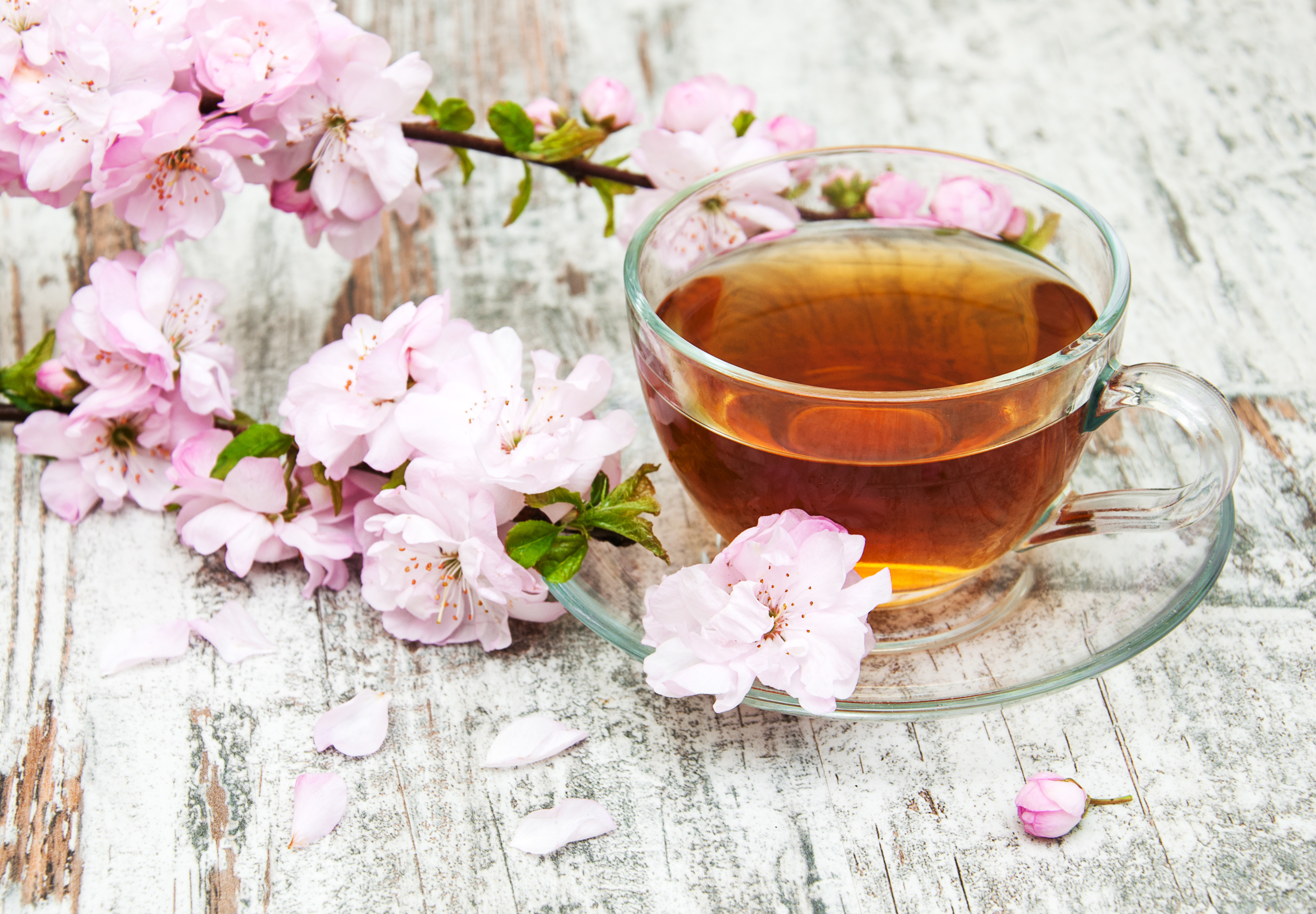Sakura Food
Cherry blossom
is more than just a flowering tree. Many people flocked to see the blossoming trees of the cherry blossom via festivals of food and drinks and music while viewing the lovely and beautiful trees that surrounds them. During spring, sakura is the most beautiful sight everywhere. It represents the fragility and the beauty of life. A reminder that life is beautiful but that it is also short. And once the flowers are in bloom, everyone goes out to enjoy them via their yearly tradition called hanami where families joined by friends having picnics under the trees.
Aside from being very meaningful, little did we know that these sakura petals could be edible. These petals are seasonal ingredients used in different Japanese foods and desserts. As a matter of fact, the whole tree can be used in different ways, from furniture, decors to food.
The cherry wood is used as lumber; barks are cut into strips and used to make small baskets. They can also be medicinal as the barks get boiled and juice extracted is used to heal throat and respiratory ailments.
Cherries (sakuranbo), their leaves and flowers are being preserved in salt and being eaten. This is what they call pickling. You will find best salt-preserved cherry flowers are made with deeper pink multi-petaled Yae-zakura blossoms. These leaves come from the Oshima-zakur

a, a variety that has particularly juicy and more fragrant foliage. The southern half of the Izu Peninsula produces the most domestic preserved sakura leaves. These preserved leaves are used as edible wrappers for sakura-mochi, a traditional sweet that is only available during mid-spring. It is made of several variations, consists of soft mochi filled with sweet adzuki bean paste called koshian wrapped with a sakura leaf.
The salty-sourness taste of the leaf flavors the bland mochi, and blends well with the sweetness of the bean filling.
During old times, the primary use for preserved sakura flowers was in a kind of tea called sakura-yu made simply by putting a blossom in boiling water.
| Preserving or pickling is easy as long as you follow directions carefully as these leaves are delicate: |
|---|
| Flowers to be used should be chemical-free. |
| Cut off some not-fully-opened double-blossom or Yae-zakura flowers, leaving a little bit of the stem, and then weigh the flowers. |
| Flowers are washed thoroughly in several changes of water, drain and pat dry. Layer the blossoms with 20 percent of their weight in sea salt, put a weight on top and leave for several hours or overnight. |
| Squeeze out the moisture and sprinkle with ume vinegar. Leave for 3 days in a cool place or the refrigerator. |
| After 3 days, take out the blossoms and line them up in a single layer on a flat sieve or drainer, and let dry for 2 to 3 days until the flowers are covered in fine salt crystals. |
| Store in an airtight container, and refrigerate it. |
| Leaves can also be preserved the same way as blossoms, but they need to be blanched in boiling water before salting. Use about 25 percent of the weight of the leaves in salt. |
Springtime is when you will see cherry blossom flavored food that attracts food enthusiasts. Sakura may be considered edible. However, they shouldn’t be eaten in large quantities as contain coumarin, a natural substance that becomes toxic when eaten in large doses.